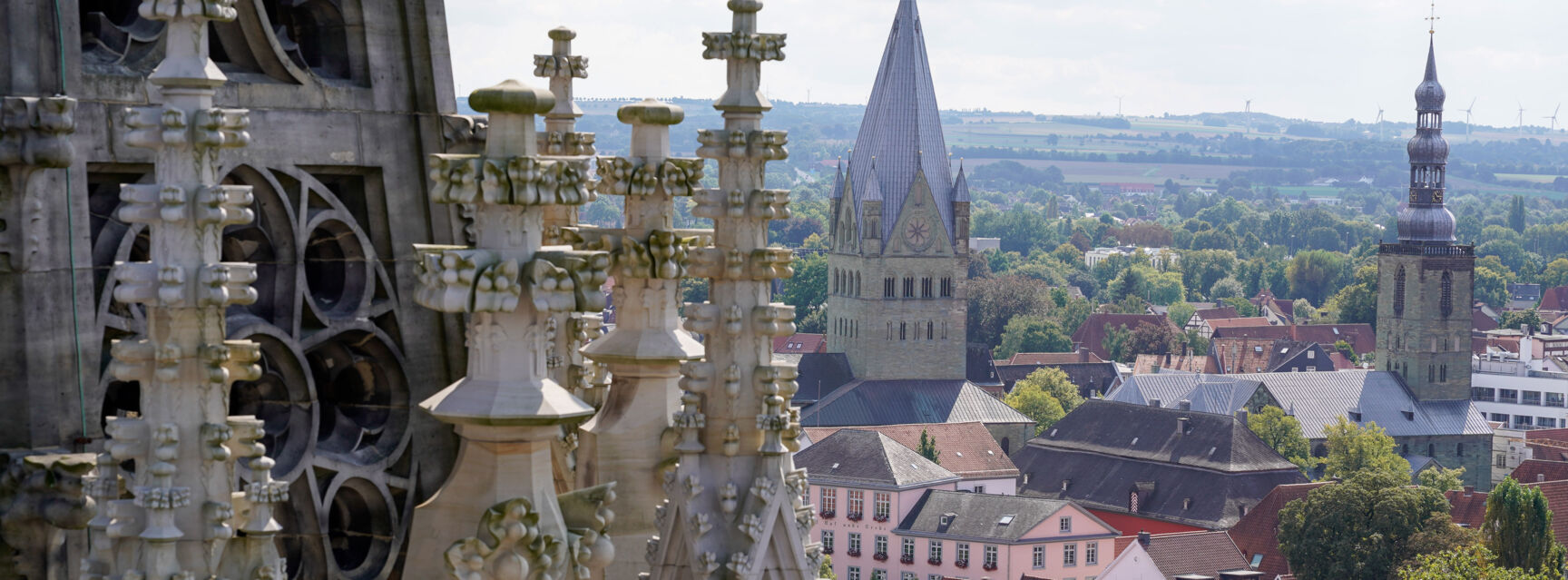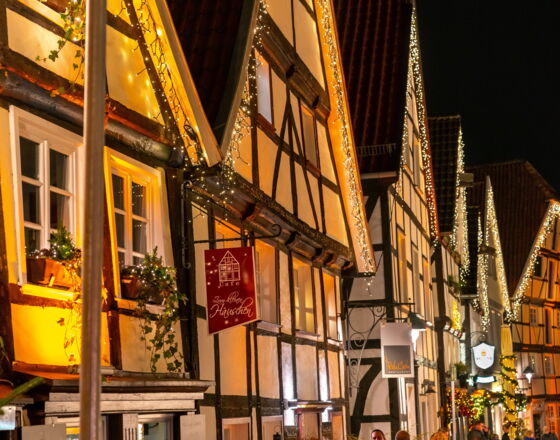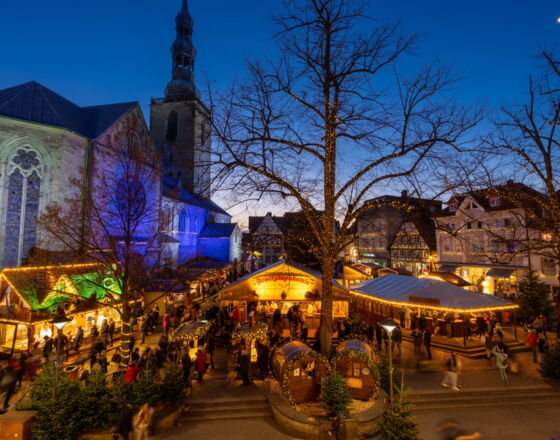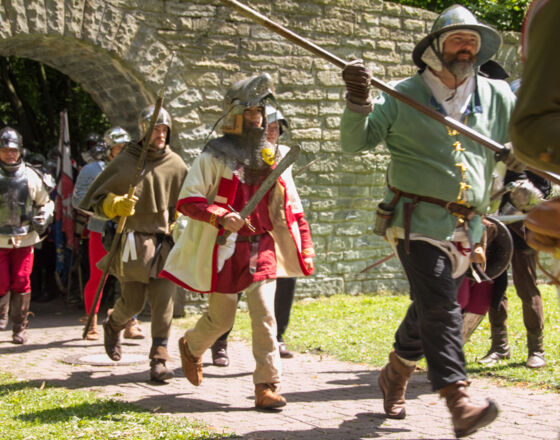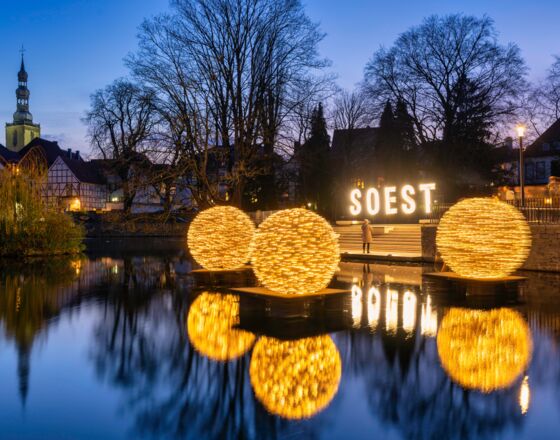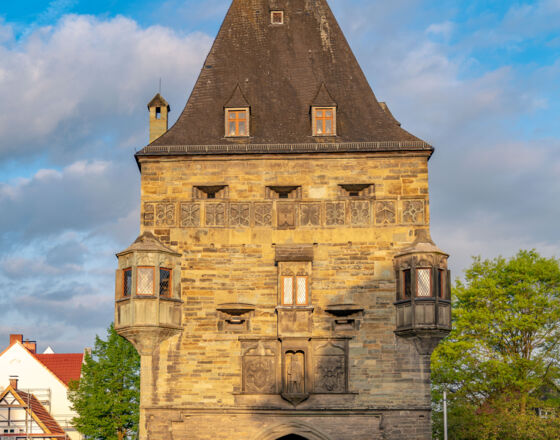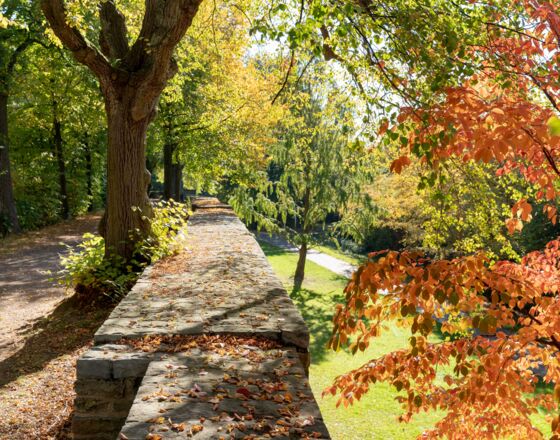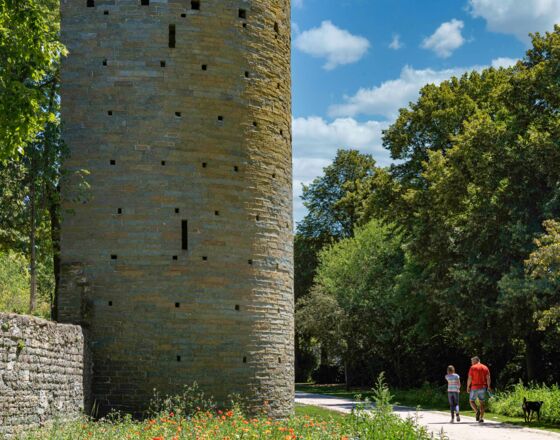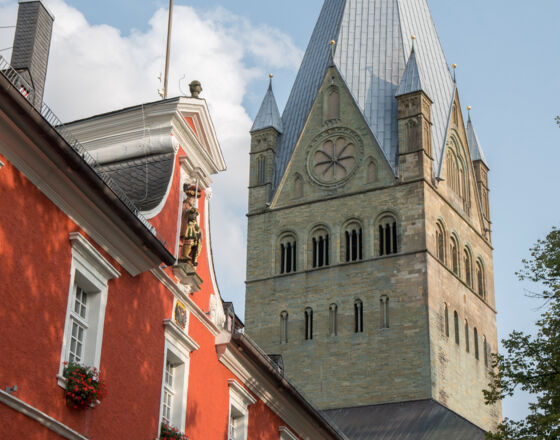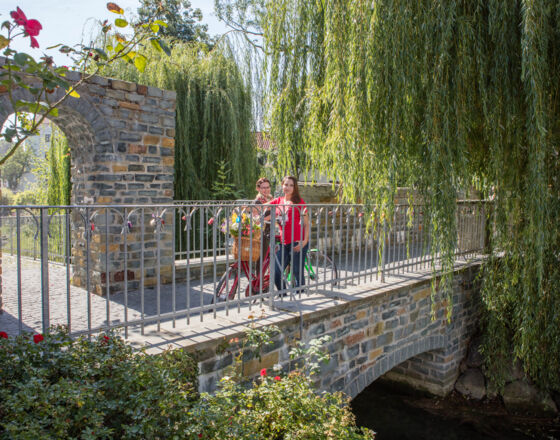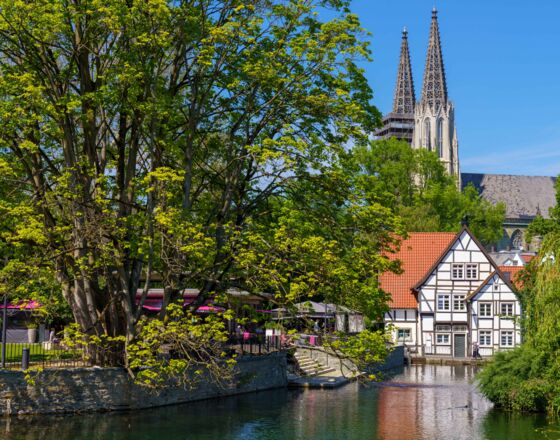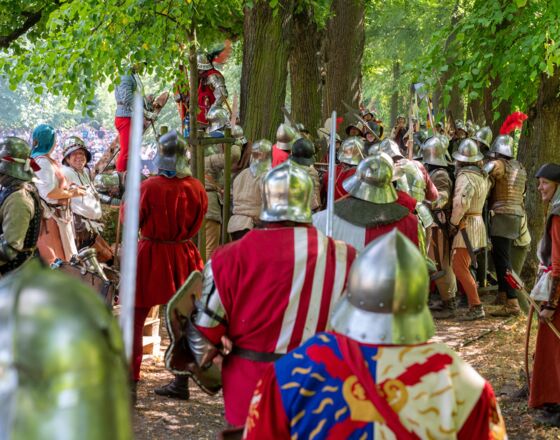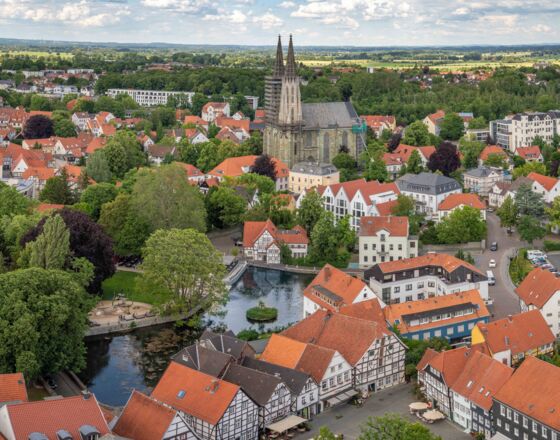Highlights
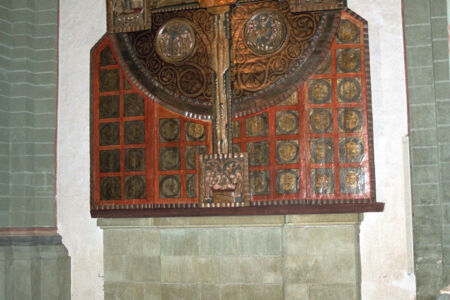
St. Maria zur Höhe
Situated atop a hill 90 metres high and colloquially also known as the ‘Scorning Church’, this place of worship was built around 1220/1230 in a transitional Romanesque-to-Gothic style. In addition to magnificent murals on the ceilings and walls, the church houses Germany’s only ‘Scheibenkreuz’, a large cross on a circular board, (13th century), which is an extraordinary work of Romanesque art. It originates from Gotland and is evidence of important early international links.
Read more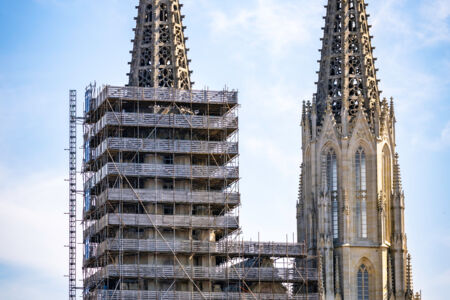
St. Maria zur Wiese
Funded by merchants, the ‘Church of Saint Mary at the Meadow’ (start of construction 1313) is one of Germany’s most beautiful late Gothic hall churches. Work on its construction went on for 200 years. In addition to important panel paintings from the 14th and 16th centuries, a particularly fascinating feature is the curious ‘Westphalian Supper’, a stained-glass window depicting Jesus with his disciples at a table, laid out on which is black bread, beer and ham.
Read more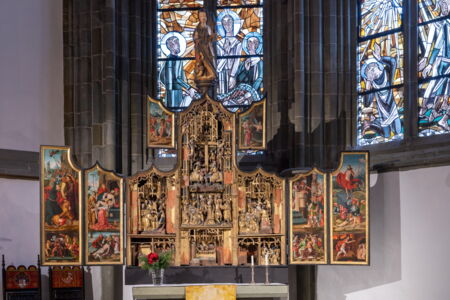
Klepping Altar
Further evidence of early Hanseatic relationships is provided by the famous Klepping Altar in St Peter’s Church (Petrikirche). Made in Antwerp in 1525, it bears the sign of the Lukas Guild that was based there. It got its name from Andreas Klepping, patrician and Soest wholesaler, who funded it. He and his family are portrayed on the lower part of the outer section.
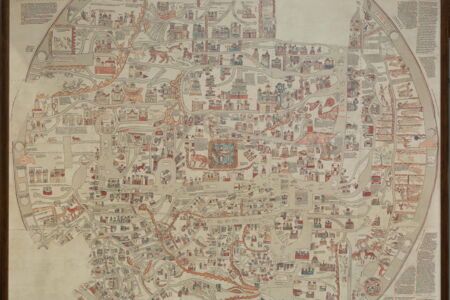
The Ebstorf Map
There is a copy of the Ebstorf map of the world (13th century) in the Soest Burghof Museum. The map is the Middle Ages’ most famous and most comprehensive world map, with Jerusalem at its centre. The original sadly no longer exists. Soest is already shown on this map, as one of a small number of towns of present-day North Rhine-Westphalia.
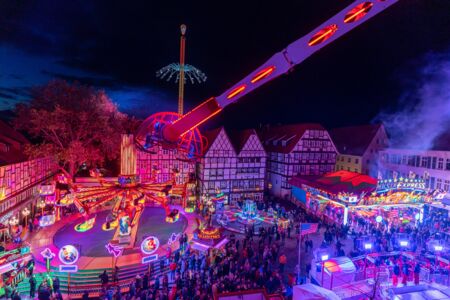
Soest All Saints’ Fair
Featuring 400 players and covering an area of 50,000 square metres, the fair is the largest old-town fair in Europe. In the evening in particular, the latest high-tech carousels with their spectacular illuminations produce an historic backdrop within the bright sea of colour. An atmosphere the like of which is not found anywhere else and has thus made the All Saints’ Fair a cult event for all Germans. Its roots date back to what was originally known as the ‘Free Fair’ in the medieval Hanseatic League.
Read moreContact
Tourist Information Soest
Teichsmühlengasse 3, 59494 Soest
Telefon 0049 2921 103-6110
willkommen@soest.de
Travel options
Two motorway connections on the BAB 44, A roads; the 229 and 475. Nearby airports, Dortmund, Münster and Paderborn/Lippstadt
Gallery
Virtual offers
- https://spazebaze.de/3d-model/sankt-maria-zur-wiese/
- https://spazebaze.de/3d-model/gruensandsteinmuseum-soest/
- https://spazebaze.de/3d-model/st-maria-zur-hoehe/
- https://spazebaze.de/3d-model/brunsteinkapelle-soest/
- https://spazebaze.de/3d-model/burghofmuseum-soest/
- https://spazebaze.de/3d-model/wilhelm-morgner-museum/
- https://spazebaze.de/3d-model/osthofentormuseum-soest/
- https://www.wms-soest.de/sightseeing/soestour/

